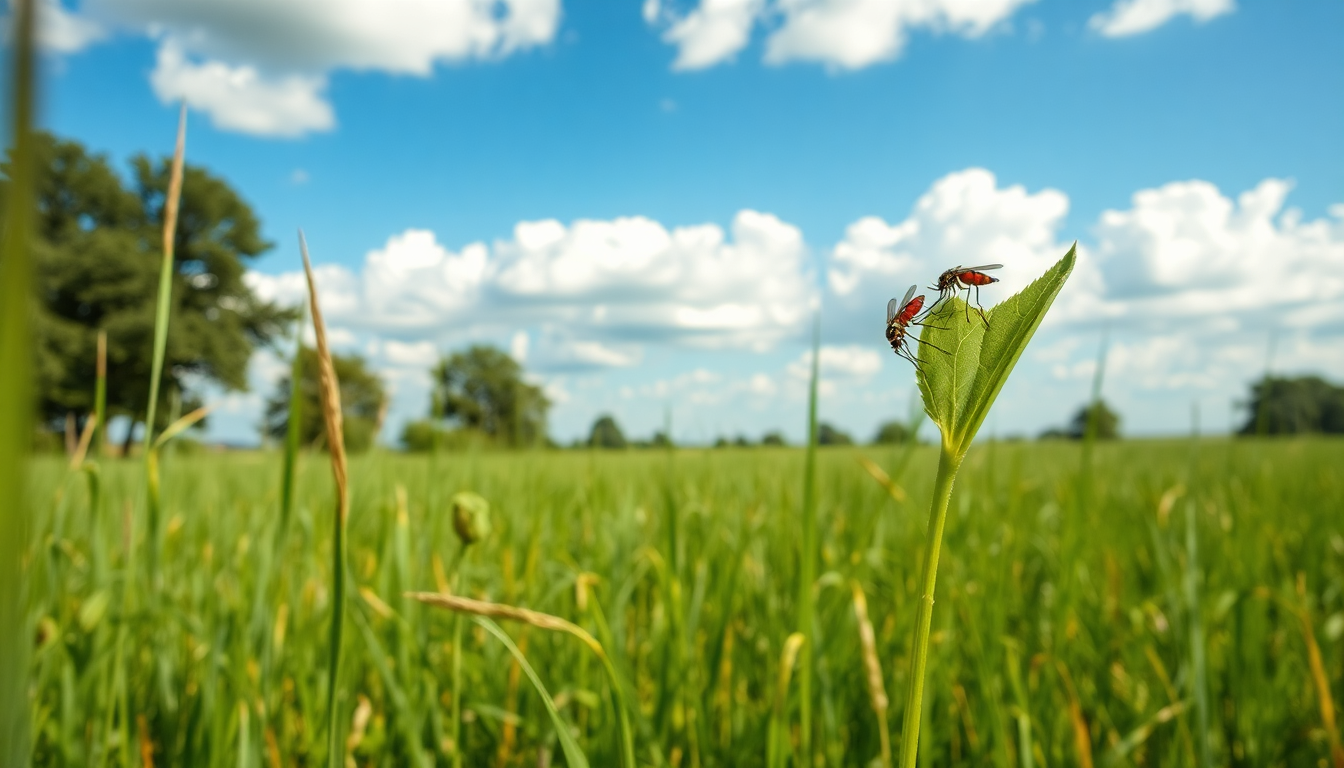Table of Contents
The West Nile virus (WNV) remains a significant health concern, especially in areas where mosquitoes thrive. In Kansas, health officials have reported six confirmed cases of WNV this year, emphasizing the need for awareness and preventive measures as we hit the peak of mosquito season.
As summer gives way to early fall, understanding how these infections work and the health risks they carry is more important than ever for residents.
What’s Happening with West Nile Virus in Kansas?
As of mid-August, the Kansas Department of Health and Environment (KDHE) has confirmed six cases of West Nile virus, five of which are classified as neuroinvasive.
This means these cases come with serious complications affecting the central nervous system. According to KDHE spokesperson Jill Bronaugh, neuroinvasive cases can lead to severe symptoms like high fever, brain inflammation, and even paralysis. These situations often require extensive medical care and longer recovery times.
While the current numbers are lower than last year’s 64 infections, health officials are still worried about a potential rise in cases as mosquito activity increases in late summer. Historically, the peak transmission period runs from August to early September, making it crucial for residents to stay alert.
Recognizing Symptoms and Risks
So, what should you look out for? The symptoms of West Nile virus can vary a lot. Non-neuroinvasive cases usually show up with flu-like symptoms, which are generally milder. On the flip side, neuroinvasive cases present a more serious threat and require immediate medical attention.
Symptoms like neck stiffness, confusion, and vision loss can escalate quickly, so don’t hesitate to seek medical help if you notice these signs.
The Centers for Disease Control and Prevention (CDC) estimates that around 2,000 cases of WNV are reported annually in the U.S.
However, many cases go unreported due to mild symptoms that might not seem serious enough for a doctor’s visit. This underreporting can obscure the virus’s true impact, complicating public health responses. In Kansas, the KDHE keeps the public informed about West Nile virus cases through a dedicated dashboard, updated weekly during the surveillance season.
How to Stay Safe: Preventive Measures and Health Recommendations
Given the ongoing threat of West Nile virus, health officials recommend several preventive strategies for residents. These include using insect repellent containing DEET, wearing long-sleeved clothing, and steering clear of outdoor activities during peak mosquito hours—typically at dawn and dusk. Also, getting rid of standing water around your home can significantly cut down on mosquito breeding sites. Simple tasks like regularly emptying bird baths and cleaning out gutters can make a big difference.
As summer rolls on, it’s crucial for Kansans to stay informed about the West Nile virus situation. Keeping an eye on local health advisories and understanding the symptoms linked to the virus will empower you to take proactive steps to protect your health. While there is a risk of infection, many people who contract the virus recover completely, often developing lifelong immunity. By following the recommended health guidelines, residents can help safeguard themselves and their communities from this mosquito-borne illness.





